If you’re a Chopped fanatic like me, then you recently saw their “Deadliest Basket” episode, which featured ingredients that could kill you. Some of the potentially deadly foods were unsurprising, like rattlesnake, or less common, like Huitlacoche.
But I was shocked to see a number of foods that I eat all the time. It turns out a lot of everyday ingredients that you wouldn’t expect could kill you if prepared improperly. Get informed before you take your next trip to the grocery store.
1. Honey
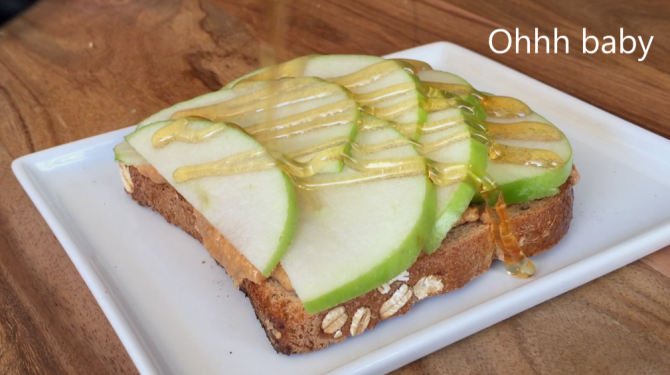
Photo by Alvin Zhou
A drizzle of honey turns everything, even a simple piece of toast, into a scrumptiously sweet dessert, but unpasteurized honey can be incredibly dangerous. Although many people prefer eating raw honey, it contains botulism spores, which can cause food poisoning.
Botulism poisoning is rarely fatal in adults, unless left untreated, but can be life-threatening for infants. To be safe, the National Institute of Health recommends that babies less than one-year-old should never eat honey.
2. Nutmeg

Photo by Stephanie Marshall
In small doses, nutmeg makes a delicious mulled wine that’s perfect on a cool fall evening, but make sure not to add more than a few tablespoons. In large doses, nutmeg can lead to myristicin poisoning. Symptoms of poisoning include headaches, nausea, dizziness, hallucinations, and oh yeah, death.
3. Potatoes
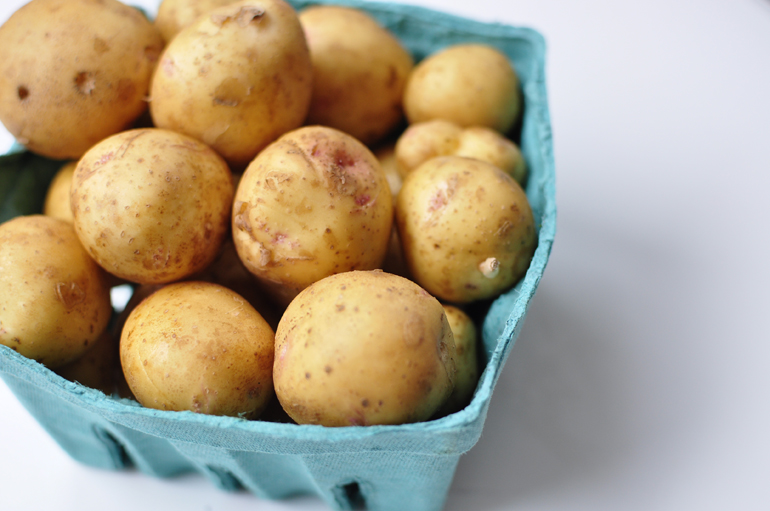
Photo by Jenny Georgieva
Leaving a potato out for too long or in a moist are can cause them to sprout. If this happens, throw away your potatoes immediately.
The leaves, stems, and sprouts of a potato contain an incredibly toxic substance caused Solanine. When ingested, it causes a number of horrid symptoms and could even kill you. So if you have any potatoes lying around, be sure to use them quickly by making these extra cheesy hassleback potatoes.
4. Rhubarb
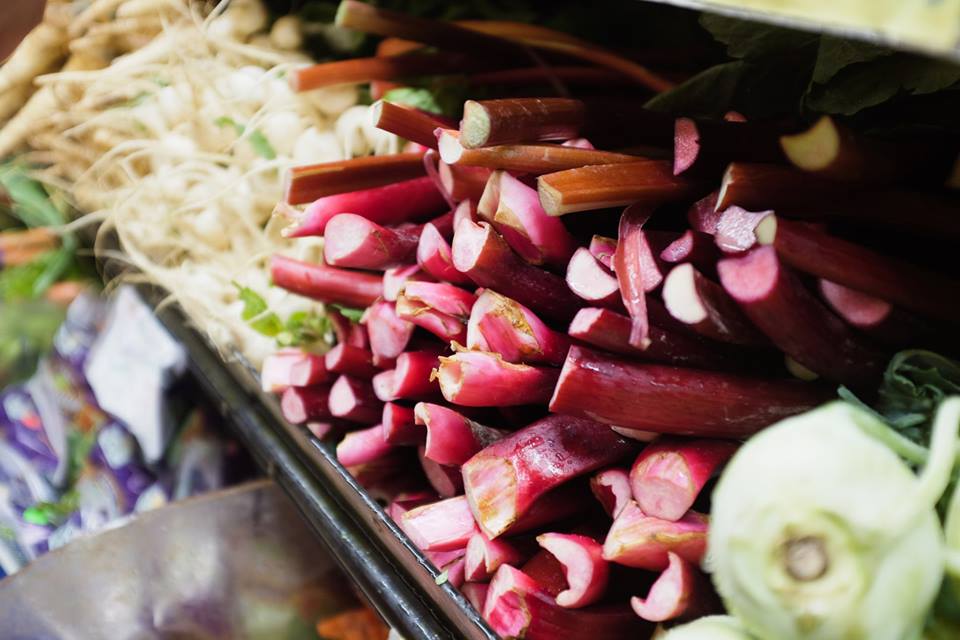
Photo by Alexander Ren
Rhubarb leaves contain a number of toxins that could cause coma, kidney failure, or death, but a leaf-free strawberry rhubarb pie still makes a delicious (and safe) summer dessert.
5. Cashews
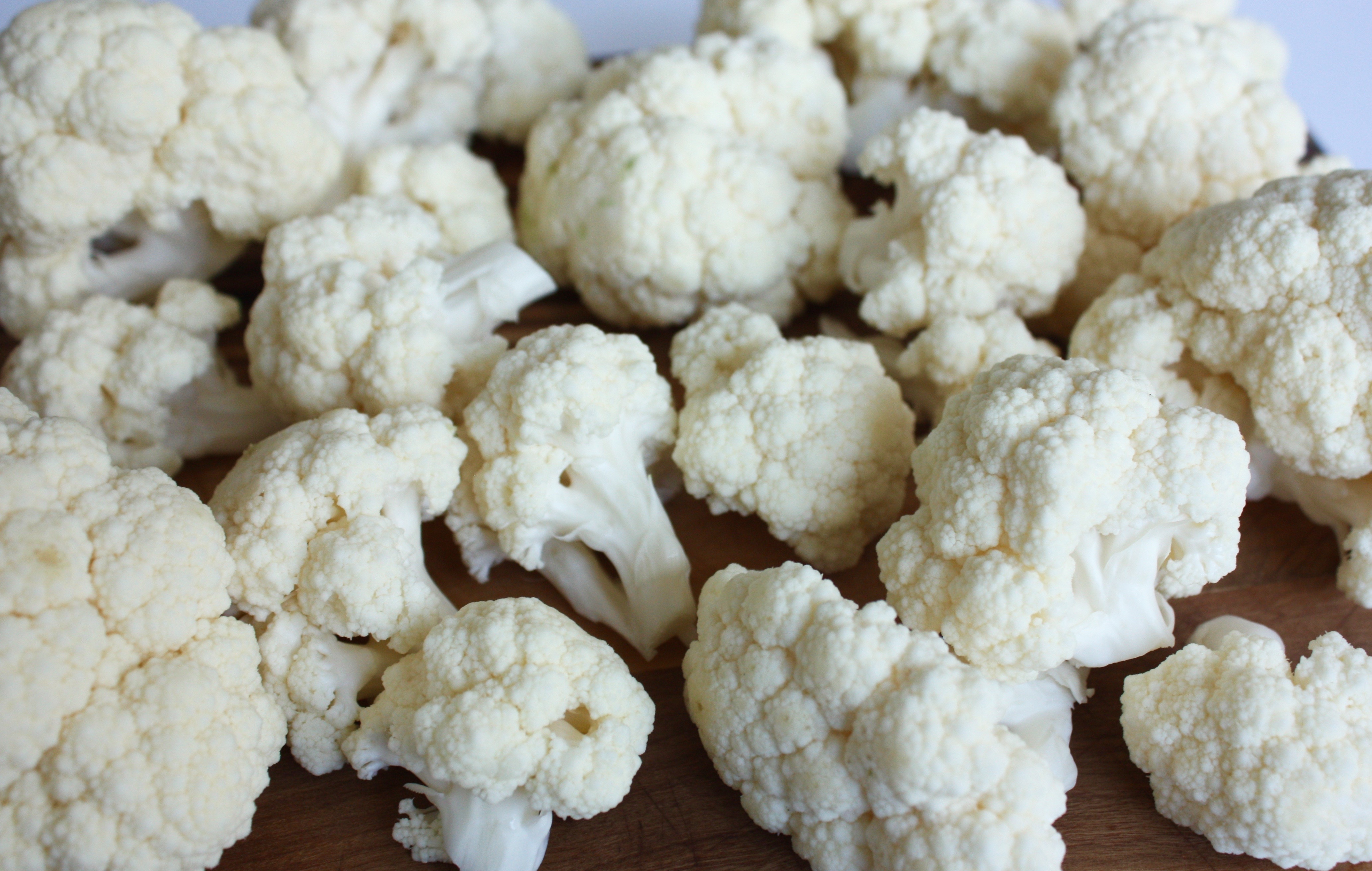
Photo by Kristine Mahan
If you have ever bought “raw cashews” then you have been lied to. All cashews are steamed in order to remove a chemical called urushiol, the same toxin found in poison ivy. Ingesting urushiol doesn’t just give you an itchy throat; it could actually kill you.
6. Oysters
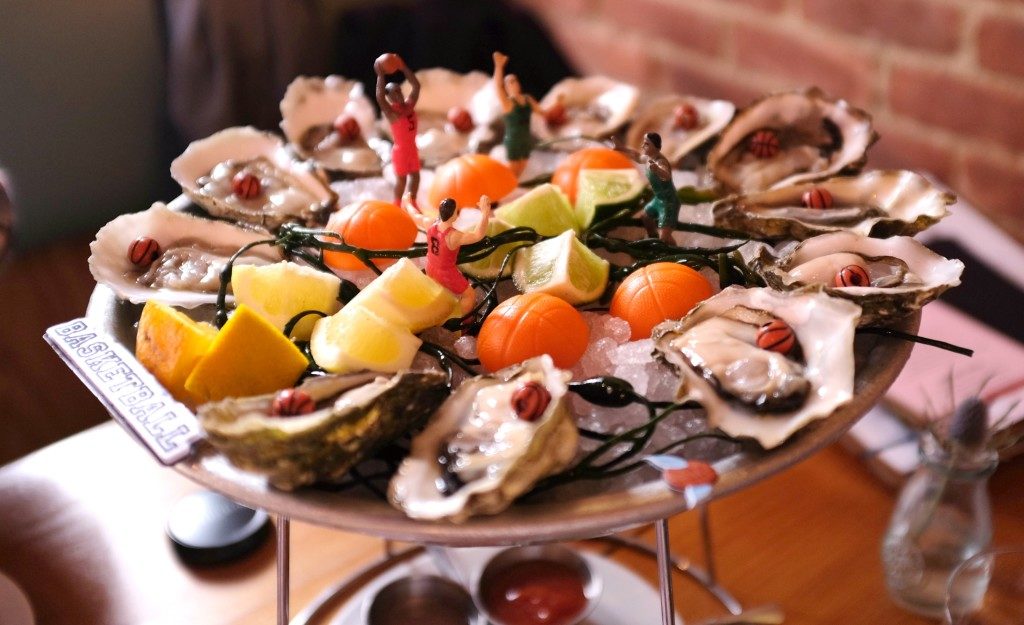
Photo by Zara Toh
This one may come as less of a surprise. Many know that raw oysters could contain naturally-occurring bacteria that could cause sickness or death. Of course, people still eat raw oysters all the time, and such poisoning is far from common.
7. Red Kidney Beans
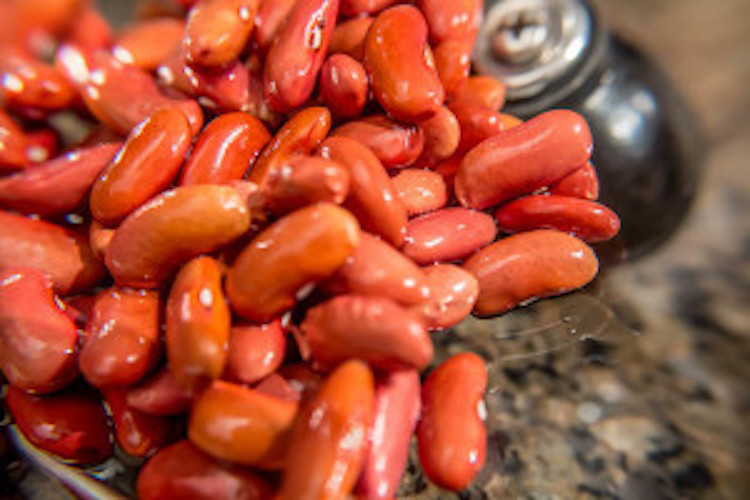
Photo by Vernell Dunams
Soaking red beans before cooking them not only helps cook them faster, but it could also save your life. They contain a type of lectin called Phytohaemagglutinin, which kills stomach cells.
To eliminate the toxin, red kidney beans must be boiled or soaked for hours before consumption. Eating raw red kidney beans could make you incredibly sick for hours (okay, it might not kill you, but it can kill rats).
8. Lima Beans
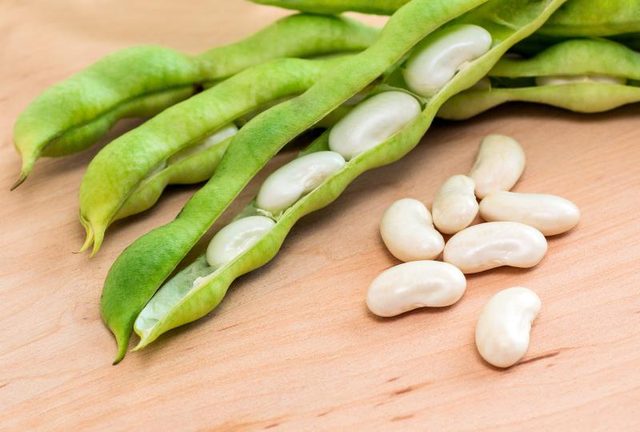
Photo courtesy of stockphoto.com
Apparently, beans aren’t just dangerous because they can make you fart. Raw lima beans actually contain cyanide. Because the US regulates how much cyanide lima beans can contain, we are safe as long as we cook them, but in other countries, eating too many lima beans can cause sickness.
9. Cassava (or Tapioca)
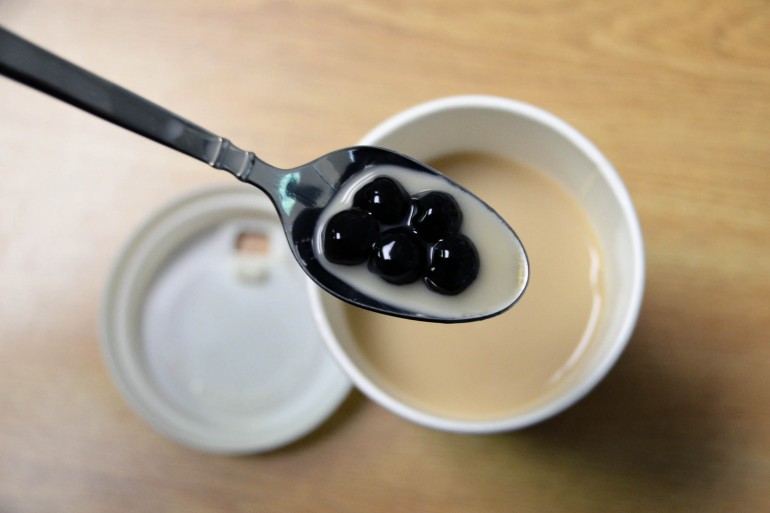
Photo by Jocelyn Hsu
You know the tapioca balls that make your boba tea so great? Well, those are made from Cassava, a root vegetable, which, if eaten raw or prepared improperly, could turn into hydrogen cyanide.
10. Cherries

Photo by Jocelyn Hsu
Cherry, apricot, plum, and peach pits all contain cyanide (who knew we were eating so much cyanide), but cherry pits are by far the easiest to eat accidentally. But don’t get too concerned if you accidentally swallowed a cherry pit. They must be broken to release the cyanide, and cracking open a cherry pit is nearly impossible to do.


